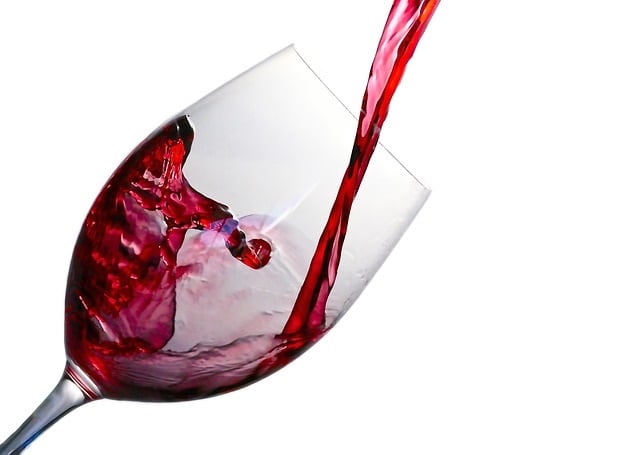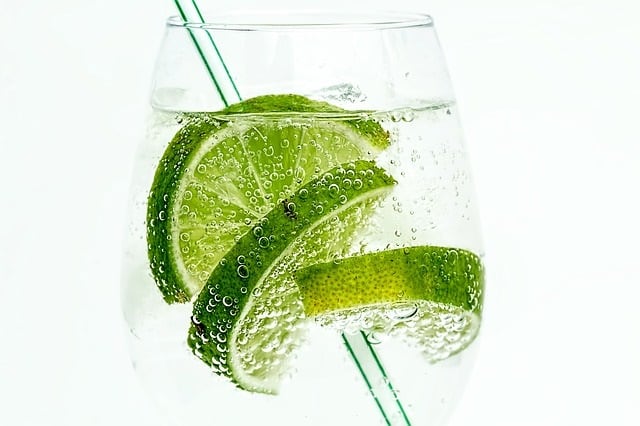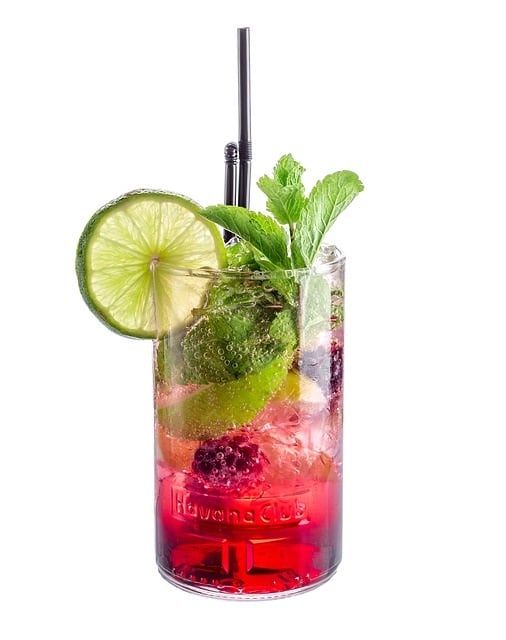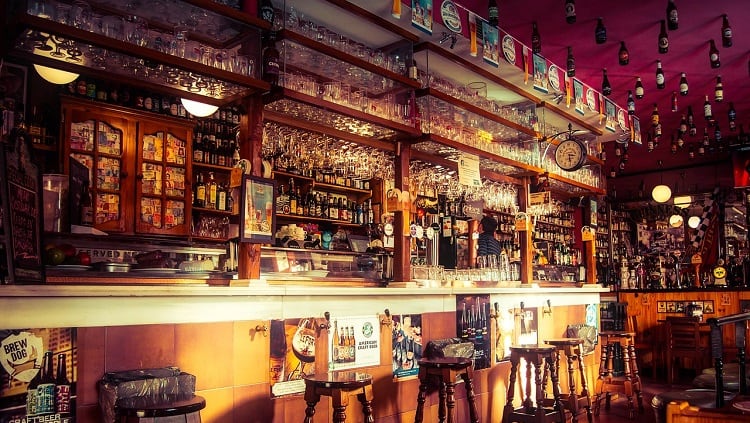Proof that spirits are boosting sales in pubs arrived last month courtesy of the Wine & Spirit Trade Association (WSTA), whose figures revealed that wine and spirit sales in the on-trade have risen 5% in the past year to almost £6bn. Gin was the top performer, bringing £620m to pubs and accounting for more than half of all value sales, demonstrating that this superstar spirit remains in ascendancy.
Unsurprisingly, given the statistics, gin is the highest moving spirit category ‘by far’ at New World Trading Company (NWTC) according to Kelly Harrison, the pub and bar operator’s creative development specialist.
However, she suggests, high sales may not have been achievable had NWTC not taken the time to source suitable products, priced them right and then presented them behind the bar in a way that would make them both visible and appealing to each site’s customer base.
“With the majority of our sites, we try to stock local gins for each region. These sell very well in their local sites, but not so well at the other end of the country,” she reveals. “We spend a lot of time on
menus, sourcing the right product, the right quality and also at the right price. You need the ability to supply the right products that are in demand and then showcase them all with a great back bar.”
Making a ‘great’ back bar

Selection, location and presentation, as Harrison says, all play an important role in shifting those carefully chosen spirits, but how exactly do you go about making a ‘great’ back bar? Dan Bolton, managing director at spirit distributor Hi-Spirits, says there has been a ‘significant shift’ in terms of both customer expectations and knowledge of premium and craft spirits, so he advises pubs to place the spotlight on specialist drinks if they are key to their offer.
“There is strong interest in authentic specialities such as Fernet Branca and Lazzaroni Amaretto, and craft spirits such as Tito’s Handmade Vodka and Brooklyn Gin, and back-bar displays and PoS (point of sale) can be used to spotlight this heritage,” he says. “More customers than ever are looking for brands and serves that tell a genuine story about their history or ingredients.”
At Glasgow bar Van Winkle, owner Derek Mallon has reserved the top two shelves of his back bar to showcase 80 different Bourbons, while ensuring staff are continually trained on the range so they can confidently make recommendations and advise customers on the latest arrivals.
Simplify the ordering process
It’s a move that has already paid off: “About a quarter of our total drinks sales are from Bourbon, which is our best-selling spirit,” he says. “And there is a growing interest from our customers.”
NWTC’s Harrison believes that grouping certain spirits together, as Mallon does at Van Winkle, can also simplify the ordering process for customers and speed up service. “The Botanist, for example, has a lot of focus on gin because this sells very well. However, if someone wanted a whiskey, ideally, these should be placed together so the guest can make a choice easily,” she explains.
Ben Ko-Nkengmo, spirits category buyer for Star Pubs & Bars also explains how tapping into the trend for premiumisation – seen particularly with craft spirits – is good for business. “Industry data tells us that 44% of premium spirits drinkers visit an ontrade outlet weekly, versus 34% for standard spirits drinkers. They also spend £26.66 more per month in the on-trade,” he says.
When it comes to the practicalities of back-bar presentation, Ko-Nkengmo – who will be issuing back-bar guidelines to each Star Pubs & Bars site this month (November) as part of the company’s Good, Better, Best strategy – believes a spirit’s range should be “clean, well-lit and showcase the pub’s entire offering”. “The rule of thumb is best sellers should be at the base of the display, premium variants
at eye level and niche or premium spirits with local appeal, or that are on-trend ranged at the top,” he says.

Influencing purchasing
While a growing number of customers are going to the pub seeking premium brands with heritage, there is also a significant number who will be arriving at the bar with no idea of what they are going to order, says Hi-Spirits’ Bolton. These are the ones whose purchasing decision could well be influenced by a back bar’s persuasive presentation.
“If there’s space available, the back bar is one of the most effective locations for posters and chalkboards, because they influence consumer decisions at the point of purchase,” he says.
“Bespoke PoS can highlight the highest margin drinks, as well as the bestselling brands. Pre-batched cocktails or infused shots made on-site can add theatre to the back bar as well as being more profitable.”
Back-bar strategies
Being creative with the back bar and making it your own can also deliver benefits and help tell the story of your own brand or site, says Bolton whose company has developed a number of successful back-bar strategies for its own pop-up bars, including some for London Cocktail Week and its touring Buffalo Bourbon Empire bar.
He says: “Rather than a one-size-fits-all template, our approach is to ensure that bars have the brand collateral they need to create their own feel. A recent good example is our ‘Gin Flight’ posters and passport-style gin menus that encourage customers to board the gin flight and try signature serves from a global gin range.”
Other tips for boosting sales include complementing core spirits such as gin, Bourbon and vodka with less familiar spirits, or suggesting a perfect pairing of spirit and mixer.
“When you have a relevant mixer on middle level of the back bar, alongside the relevant spirit, you can increase sales – it is a prompt for consumers,” enthuses Ko-Nkengmo. “You sell even more when the finished drink price is shown alongside the spirit and mixer.”
Adding a creative spin
Displaying branded serving-ware – such as unusual glassware or mugs for warm drinks – on the back bar can also help boost sales of a particular product, or serve and add a creative spin to displays, adds Bolton.
If you do adopt some of these tips and tricks to optimise sales of certain drinks, bear in mind that you will need to change them regularly or risk the regulars ignoring them.
“PoS that isn’t updated quickly becomes part of the furniture, overlooked by customers, and the back bar is too valuable a sales space to be neglected,” Bolton warns. “Back-bar layouts should be rearranged seasonally or revisited in line with new and innovative consumer trends. Pink Pimm’s in summer, mulled gin in winter, and Seedlip in January,” suggests Ko-Nkengmo.
NWTC changes its back bar seasonally, to both reflect the changing needs of customers and showcase new products. “Not only do we move the bottles around but we put an emphasis on changing the display itself; come the winter season everything feels a little warmer and, in summer, we look to bring a brighter and more refreshing feel,” says Stephen Evans, senior bar trainer at NWTC.
Back-bar practicalities

While a back bar’s presentation forms an important part of a pub or bar’s sales strategy, it also needs to work on a practical level for those serving drinks to customers, says Evans. After all, if staff can’t locate products quickly and easily when the bar is three people deep, thirsty customers won’t care about the drink you’re promoting, they’ll either choose the quickest serve or leave.
“Not only does the back bar need to be aesthetically pleasing, it also needs to be practical,” says Evans. “While each of our sites offer a wide range of spirits and cocktails, not all of them sell the same amount of each cocktail, so our back bars move around a lot to make the efficiencyy of each bar better.”
NWTC applies the industry’s ‘two step’ rule to the back-bar design at each of its sites. “While making cocktails or serving guests, you shouldn’t have to take more than two steps to be able to make any drink,” explains Evans. “Unless using those really expensive bottles or the very low sellers as these usually sit on a shelf a little out of the way.”
As well as making it easy for bar staff to locate drinks, ensure they have some knowledge of the products they are working with to help maximise sales, according to Hi-Spirits’ Bolton.
He recommends: “Capitalise on training support available from suppliers, and use simple techniques such as encouraging staff to learn one or two key facts about each spirit, liqueur and speciality
on offer.”
And if well-crafted cocktails or specialist drinks happen to be your bar or pub’s forte, then don’t be afraid to showcase that expertise on the back bar, concludes Bolton.
“There’s no harm in using the back bar to persuade customers that bar staff take drinks service seriously. Carefully placed cocktail shakers, strainers and chopping boards send the right visual cues about freshly made drinks.”

